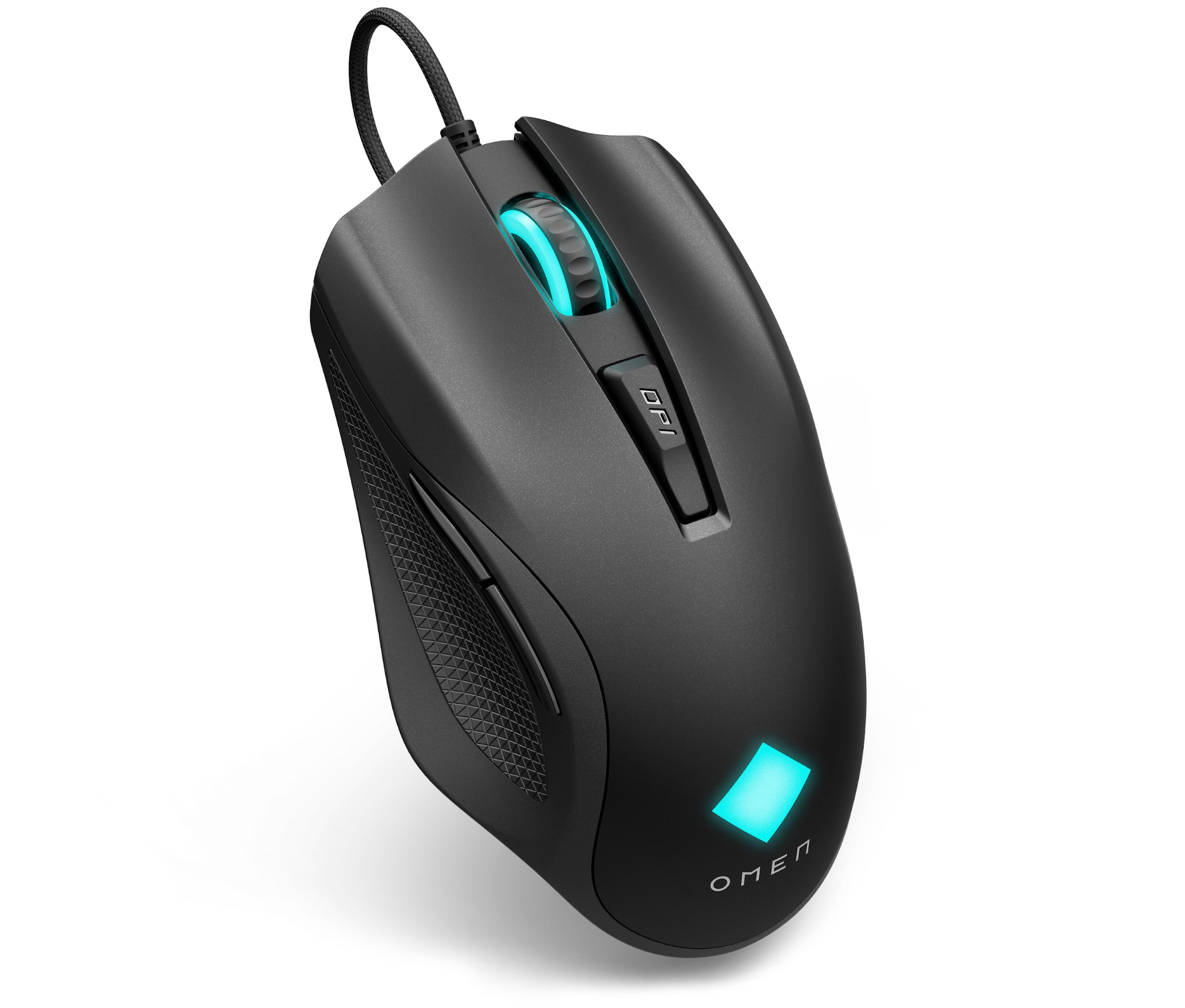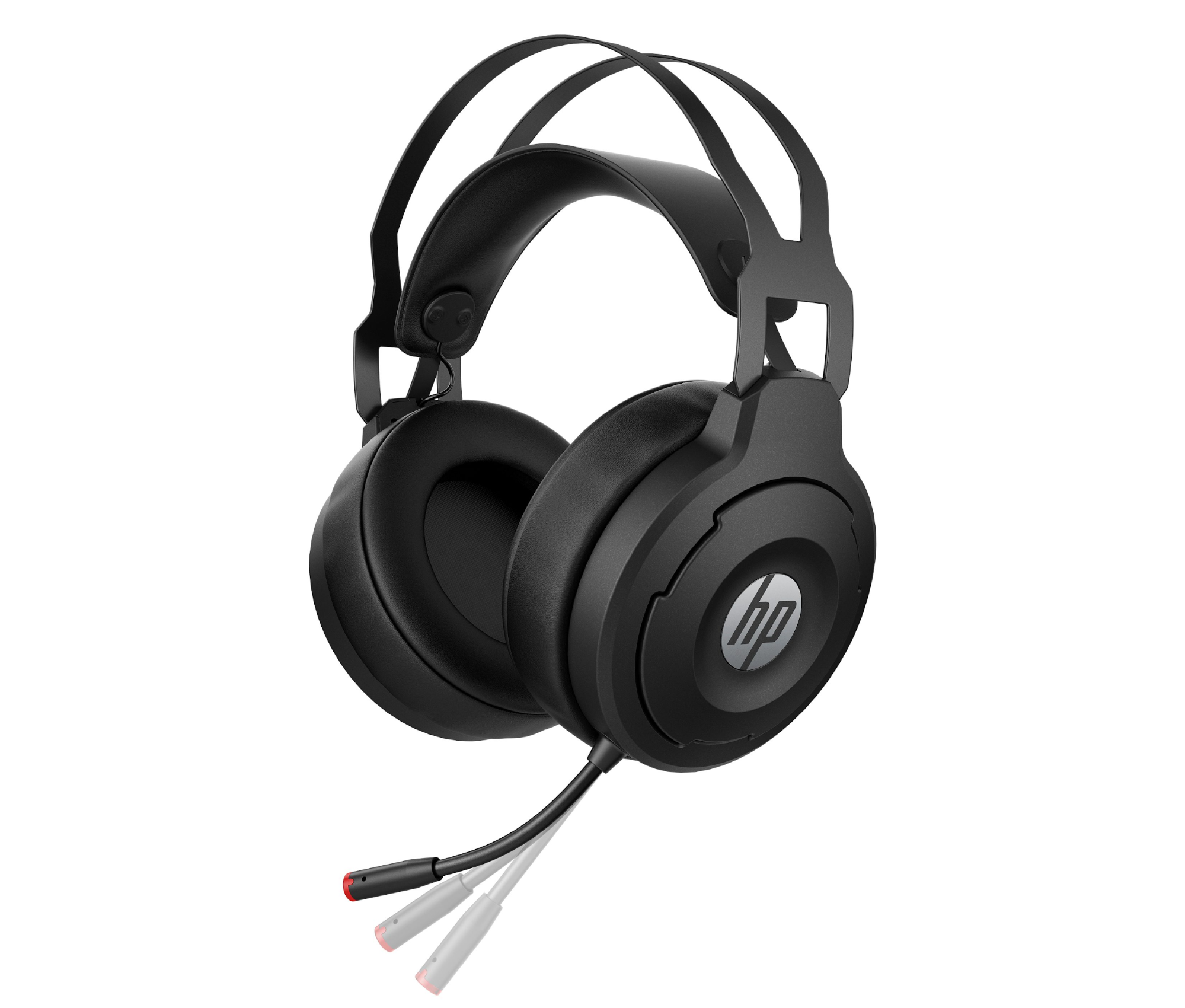HP Announces New Omen Gaming Mice and new Tournament-level Headset
Releasing this summer
HP’s new accessories lineup is here, including two new mice and a wireless headset. There are two different models for two different budgets, the Omen Vector and the Omen Vector Essential, while the headset, called the HP X1000, offers an over-the-ear design and a suspended headband perfect for tournament play. The $49.99 Vector and $29.99 Vector Essential will both launch later this June, while the HP X1000 will release in August for a starting price of $99.99.
In its attempt to be the next best gaming mouse, the Omen Vector uses the Omen Radar 3 Sensor, which is based on PixArt’s PMW3389 sensor, to give users anywhere from 100 to 16,000 DPI and a max acceleration of 50G. It’s also got a tracking speed of 400 IPS and a user-programmable polling rate that can be set to either 1ms, 2ms, 4ms or 8ms. Specs-wise, this puts it in about the range of similar $50 mice like the Razer Basilisk X Hyperspeed.
The Vector also has a 6.5 foot (2000 mm) braided cable, 50 million click lifetime switches and two programmable LED areas — one on the mouse’s palm rest logo and one around the scroll wheel.
Packed along with the Vector are five removable weights that each weigh 5 grams, allowing users to customize how heavy the mouse feels in their hand. If you choose to forego the weights, the Vector will weigh 0.32 pounds. HP recommends a palm or claw grip for the Vector.
The Vector Essential, meanwhile, features the same physical design as the Vector, including the 6.5-foot braided cable and five removable 5 gram weights. Also meant for a palm or claw grip, the key difference here is that the Vector Essential uses the Omen Radar 1 Sensor, which is based on the PixArt PAW3327 sensor seen in competitors like the MSI Clutch GM30.
The Radar 1 Sensor supports DPIs anywhere from 200 to 7,000, and while it has the same max acceleration and polling rate features as the Vector, its tracking speed maxes out at 220 IPS. It also doesn’t have the Vector’s Omron switches, instead using unnamed switches that max out at 20 million lifetime clicks. Its scroll wheel also lacks an LED, and its base weight (0.26 pounds) is lighter than its more feature-filled counterpart.
Both models of the Vector have six programmable buttons, including an on-the-fly DPI control button just below the scroll wheel.
The HP X1000 headset is a wireless 7.1 virtual surround sound headset made with tournament play in mind, so it'll be competing with some of the best gaming headsets on the market. That means an over-the-ear sound isolating design with a suspension headband for full customizability.
The X1000’s speakers support frequencies from 20 Hz to 20 kHz, with a sensitivity of 95ndB and an impedance of 20 Ohms. Essentially, these numbers mean it can get plenty loud without requiring too much power. As for how loud you can get when using the X1000, the microphone picks up frequencies from 100nHz to 6 kHz, with a sensitivity of -38 db and a 2.2k Ohm impedance, which isn’t too uncommon for a headset mic.
The key feature here, of course, is the headset’s wireless capabilities. The X1000 has a wireless operating range of 10m and operates on a 2.4GHz band using a USB Type-A wireless dongle that fits in its left cup for easy storage. It’ll operate for up to 20 hours without charge, and charges to full in about 2- 3 hours using the included USB Type-A to USB micro-B charging cable (USB Type-C would be preferable).
The idea here is that the X1000 can be used either on its own, or in combination with earbuds for tournament play, so that players can easily block out the stadium while still hearing team comms and game audio.
Get Tom's Hardware's best news and in-depth reviews, straight to your inbox.
Michelle Ehrhardt is an editor at Tom's Hardware. She's been following tech since her family got a Gateway running Windows 95, and is now on her third custom-built system. Her work has been published in publications like Paste, The Atlantic, and Kill Screen, just to name a few. She also holds a master's degree in game design from NYU.
-
cryoburner ReplyPacked along with the Vector are five removable weights that each weigh 5 grams, allowing users to customize how heavy the mouse feels in their hand. If you choose to forego the weights, the Vector will weigh 0.32 pounds.
I think this is wrong. I was going to say that's super-heavy for a gaming mouse, at 0.32 lbs (145 g) even before the weights are added. Checking another news article on this though, they mention the mice weighing just 88 grams, with the 25 grams of optional weights bringing them up to 113 grams.
Maybe someone was looking at the weight including the full length of the cord, or something? -
JadeHarley 'bout to buy it tomorrow, touched, seems like 100g mouse like HyperX Pulsefire Surge, but tomorrow I will touch it again to make sure and will think if I want to buy it or maybe go for G502Reply




